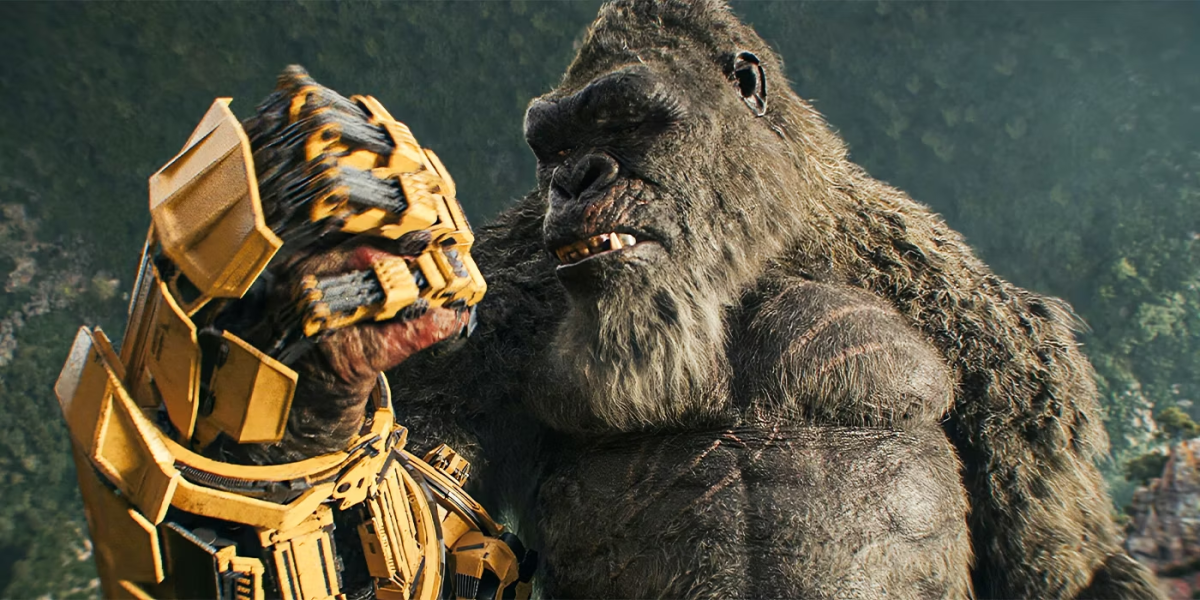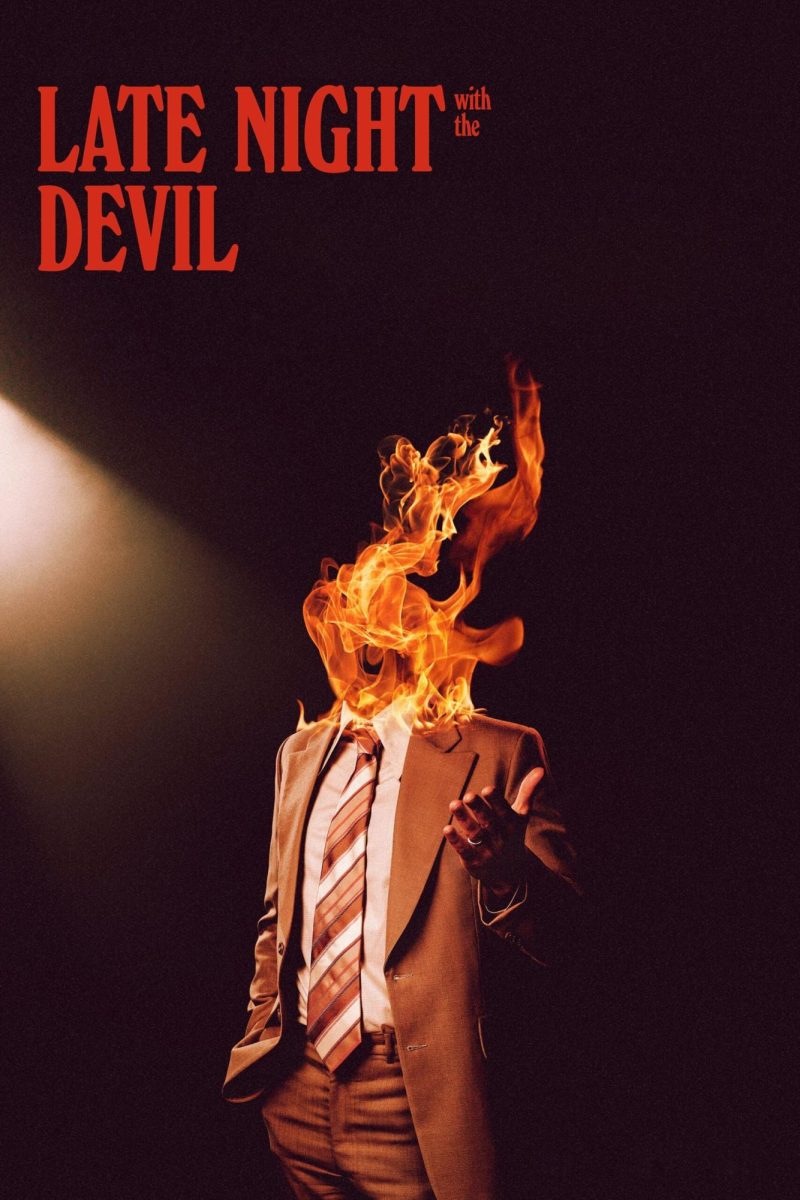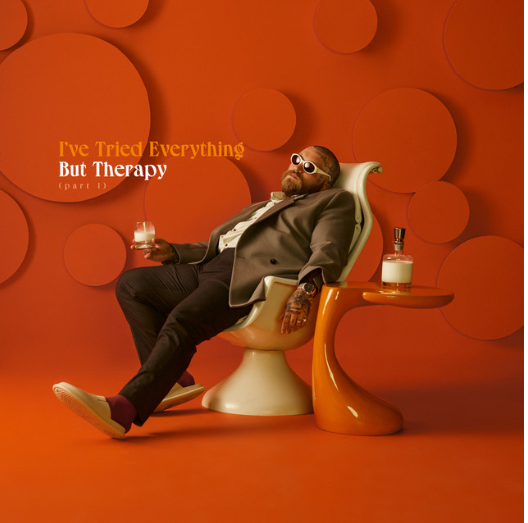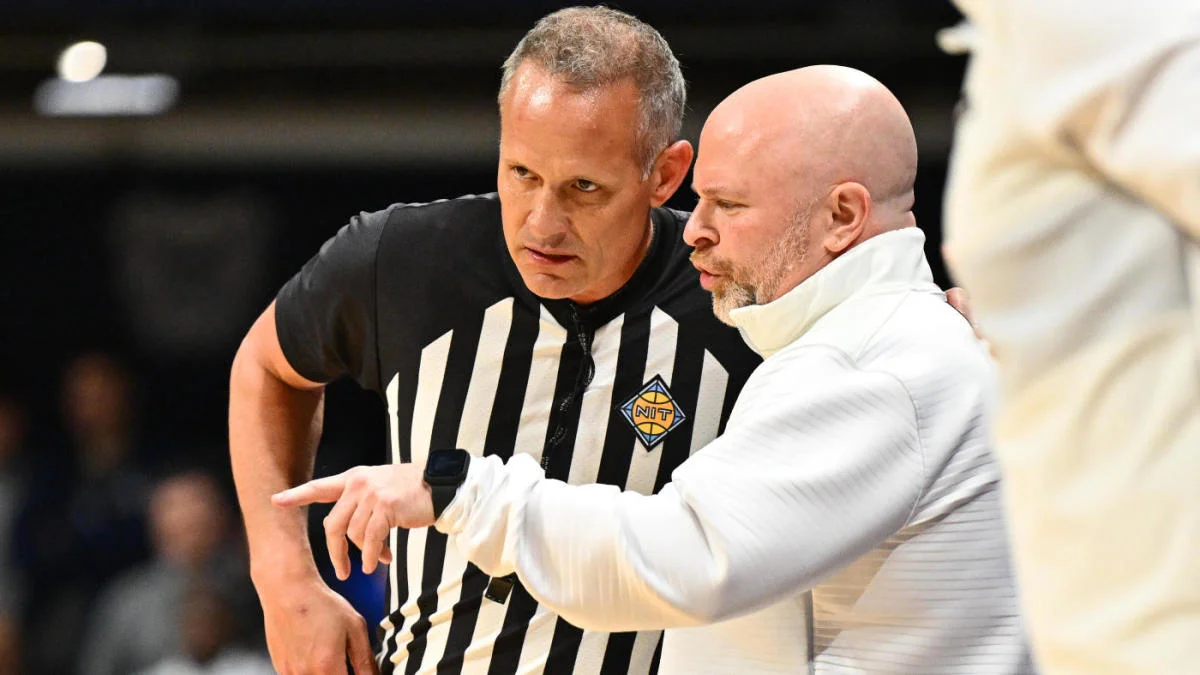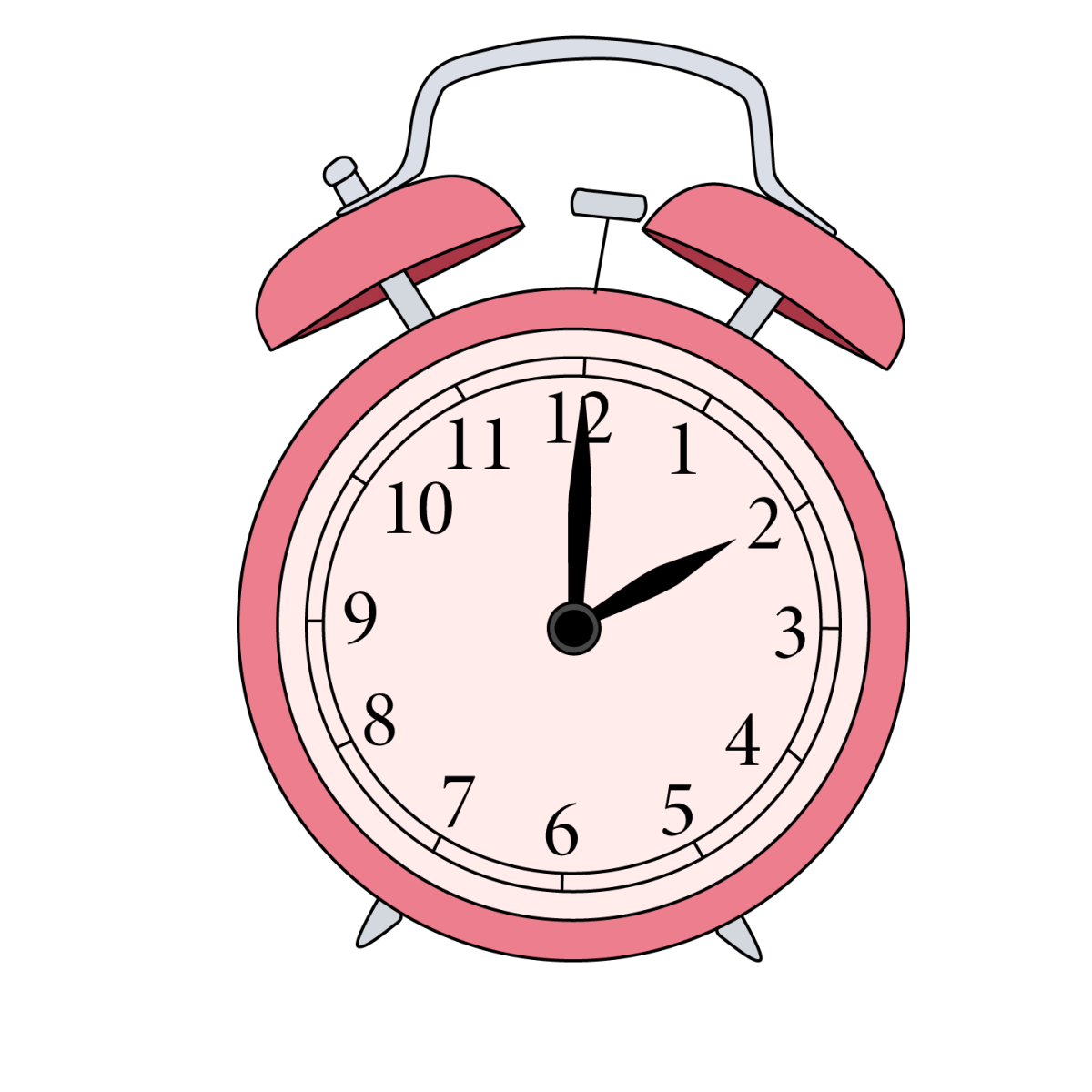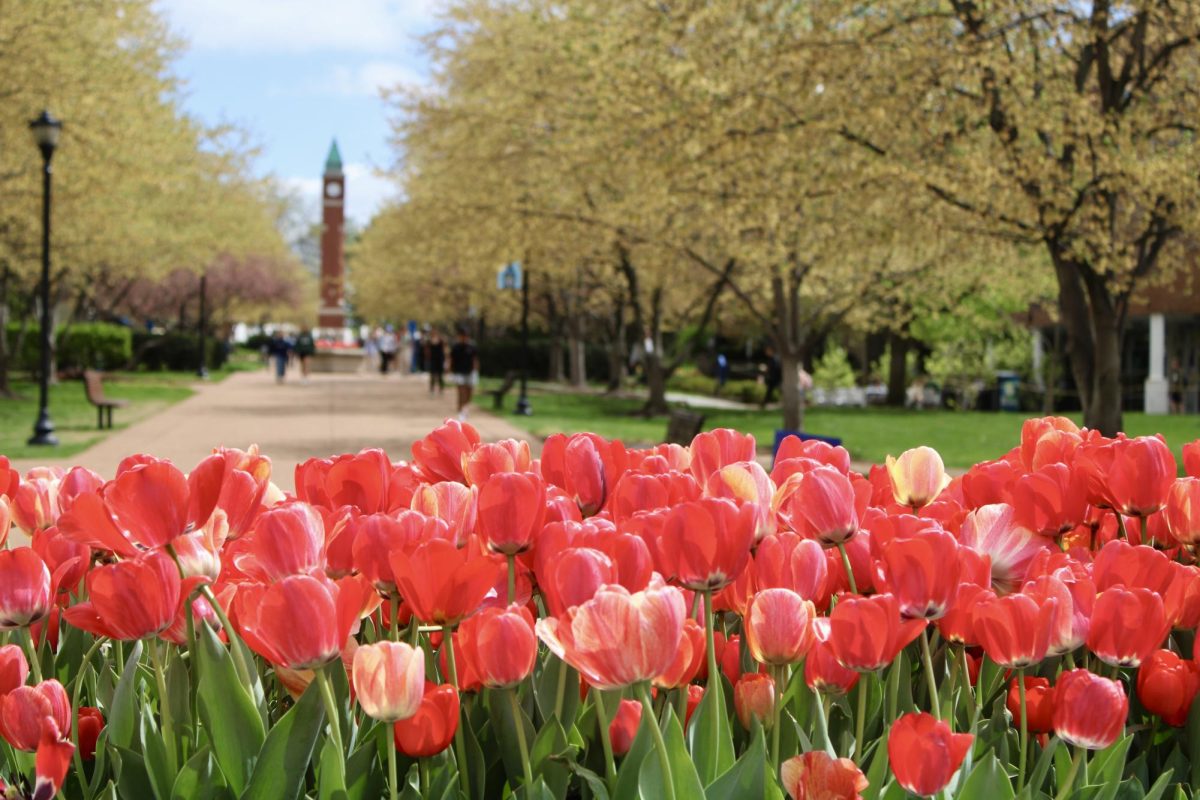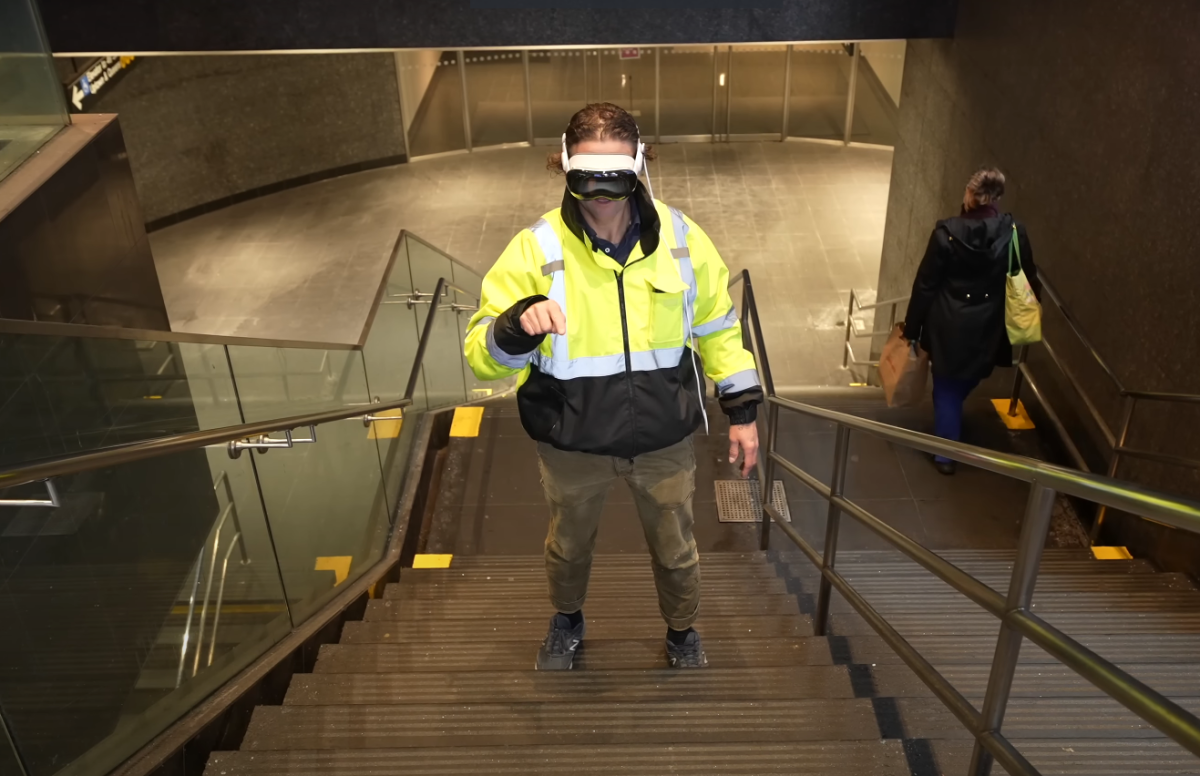With the release of Martin Scorsese’s potential swan song, viewers flocked to the theaters for an abnormally long adventure into a world depicting the inflicted pain and suffering of the Osage Tribe in 1920s Oklahoma.
With the advent of digital film and the rising costs of movie tickets, films with a runtime of well over three hours are becoming increasingly common, and viewers are beginning to enter theaters prepared for a lengthy and, at times, grueling viewing experience. Although “Killers of the Flower Moon” is the most recent installment in this growing trend, it is by no means the most prominent example from recent years.
2023 saw the blockbuster “Oppenheimer,” which only ran over the three hour mark by a mere nine seconds. Placing this in a double screening with Greta Gerwig’s “Barbie” (thus creating the infamous “Barbenheimmer” trend) resulted in a trip to the cinema that took almost six hours, or the time it would take an average person to read just under half of “Moby Dick.”
The blockbuster of 2022, “Avatar: The Way of Water,” ran for three hours and 12 minutes, and “Babylon,” although it was not received well critically, ran for three hours and nine minutes. Even “RRR,” which won the oscar for “Best Original Song,” came with a runtime of three hours and seven minutes.
So, what’s happening?
Luxury cinemas, such as The Alamo Drafthouse, provide viewing experiences with reclining seats and options to have food and drink catered to your spot in the theater, removing the necessity for intermissions and increasing the comfort of the viewer. Additionally, with “Avengers: Endgame,” studios saw that the bloated costs of filming a three-hour movie could be outweighed by the appeal that actors and marketing provide.
These movies are not a new phenomenon, but discourse on shrinking attention spans aside, viewers are becoming increasingly prepared, and even excited, for these prolonged excursions as a result of many factors, including the rise in popularity of the cinema experience post-COVID.
There are, evidently, some benefits to these runtimes. Scorsese, in multiple interviews, has made it clear that “Killers of the Flower Moon” is a story he’s passionate about telling. The film explores the systematic murder and betrayal of members of the Osage tribe by White settlers who attempt to gain control of the oil which has been discovered on Osage land. Therefore, it can be argued that an extended foray into these methodical evils allows the viewer to gain a fuller understanding of the malice that was necessary to commit them.
However, features such as rapid pacing of most scenes which are under a minute, and the underdeveloped dynamics between De Niro’s and Dicaprio’s characters make for a disorienting viewing experience.
Wide camera angles, with the characters’ surroundings populated by prairie grass and meticulously crafted scenery, are frequently utilized to display the Oklahoma landscape, but this display along with the limited lighting choices in outdoor settings often conflicts with the tension that the film attempts to build.
An apt comparison, both in terms of pacing and style, comes in Scorsese’s 2019 film “The Irishman,” which features three hours and 29 minutes of a de-aged Robert De Niro and a flamboyant Al Pacino and suffers from many of the same issues as “Killers of the Flower Moon.” Although it is propped up by magnificent acting and a compelling storyline, “The Irishman” frequently incorporates a questionable pacing strategy, synthesizing a long series of short, topically unrelated scenes that detract from the story as a whole.
These factors render “Killers of the Flower Moon” a tough three and a half hour watch. Scorsese, through his own personal appearance at the end of the film, makes it clear that he is, in part, satisfying his own passions. Yet, any work of art has to in some sense justify its experience to its audience. A film this long must alter its pacing and dramatic strategies in order to accommodate the sheer mass of dialogue and action that it contains, and “Killers of the Flower Moon” fails at this.
However, not all long movies are faced with this problem. The length of “Oppenheimer” stems not from its mass of scenes and interactions but, instead, from a lengthening of certain scenes in order to convey tension.
For many, the brilliance of Scorsese’s oeuvre, exploring the crime-ridden underbelly of America, justifies itself, and any opportunity to gaze at his blistering aesthetic is taken gladly, especially if this is the last opportunity the world will get. This sentiment also applies to directors such as Wes Anderson, Quentin Tarantino and Greta Gerwig, who all have a recognizable style.
With the increasing popularity of extensive films and a newfound viability and comfort to the viewing experience, “Killers of the Flower Moon” will not be the last three-hour film to be released. It is important to think about possible alterations to traditional film structures that can account for this shift. Considerations need to be made regarding lighting, pacing and dramatic dynamics, not because of audience attention spans, but simply because it becomes more difficult to maintain a movie’s compelling attributes the longer it carries on. While Scorsese is too brilliant a director to have not considered these aspects, it is certainly worth considering the film’s weaknesses in order to examine the implications of this trend.



